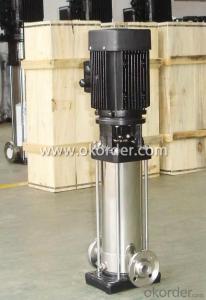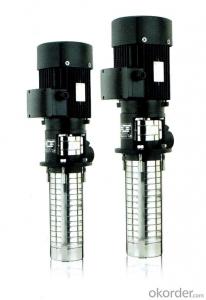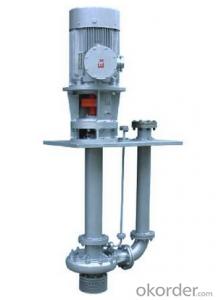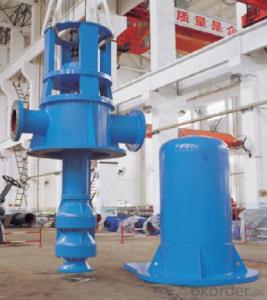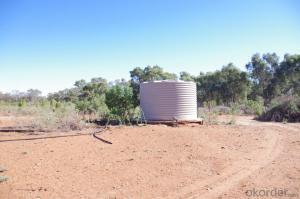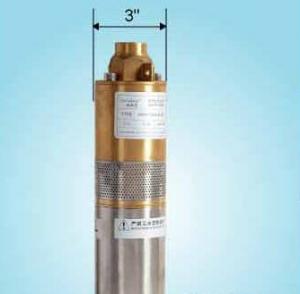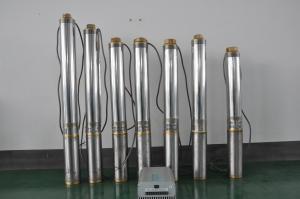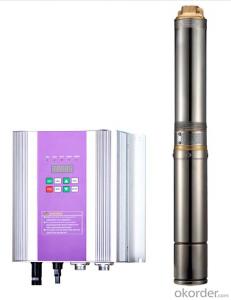Jntech Solar Pump Inverter
Jntech Solar Pump Inverter Related Searches
Best Stainless Steel For Knives Wd 40 For Stainless Steel Hole Saw For Stainless Steel Paint For Stainless Steel Stainless Steel For Bbq Step Bit For Stainless Steel Sponge For Stainless Steel Coatings For Stainless Steel Caulking For Stainless Steel Stainless Steel Box With LidHot Searches
Solar Hot Water Collectors For Sale 8 Inch Water Pump For Sale Solar Inverter For Split Ac Solar Inverter With Ac Outlet 1 Hp Solar Water Pump Price Jain Solar Water Pump Price Kirloskar Solar Water Pump Price Aluminum Ac Coil Scrap Price China Solar Ac Module Solar Pump Inverter Price Lorentz Solar Water Pumps Price Price Of Water Cooler Evacuated Tube Solar Collectors Price Lorentz Solar Pumps Price Cost Of Evacuated Tube Solar Collectors Buy Hot Water Bag Fish Tank Air Pump Price Aquarium Air Pump Price Air Pump Price Chlorine Dosing Pump PriceJntech Solar Pump Inverter Supplier & Manufacturer from China
Okorder.com is a professional Jntech Solar Pump Inverter supplier & manufacturer, offers integrated one-stop services including real-time quoting and online cargo tracking. We are funded by CNBM Group, a Fortune 500 enterprise and the largest Jntech Solar Pump Inverter firm in China.Hot Products
FAQ
- There are certain limitations to the temperature of water that a solar pump can handle. Most solar pumps have been designed to function within a specific temperature range, typically ranging from 32°F (0°C) to 104°F (40°C). This is because extreme temperatures outside of this range can impact the pump's effectiveness and efficiency. In the event that the water temperature drops below freezing, it can result in the water freezing inside the pump and pipes, which can lead to blockages and potential damage. Conversely, if the water temperature exceeds the upper limit, it can cause the pump to overheat, resulting in reduced efficiency and potential harm to its components. To address these potential risks, it is crucial to ensure that the solar pump system is appropriately sized and equipped with suitable insulation and protective mechanisms. Furthermore, regular maintenance and monitoring of the water temperature are advised to prevent any adverse effects on the pump's performance.
- Yes, a solar pump can be used for fire hydrant systems in rural areas. Solar pumps are often used as a sustainable and cost-effective solution for water supply in remote locations. By harnessing solar energy, these pumps can efficiently draw water from wells or other sources and provide the necessary pressure for fire hydrant systems. This eliminates the need for grid electricity or fuel-powered pumps, making it a viable option for rural areas with limited access to traditional power sources.
- The installation time for a solar pump system can vary depending on factors such as the complexity of the system, the size of the project, and the experience of the installation team. However, on average, it usually takes around 2-5 days to complete the installation process.
- The size of the water storage tank can affect the performance of a solar pump in several ways. Firstly, a larger tank allows for more water to be stored, thus increasing the available water supply for the pump. This can result in a steady and consistent water flow, especially during periods of low sunlight or variable weather conditions. Additionally, a larger tank can help compensate for any fluctuations in solar energy availability. When there is excess sunlight, the solar pump can fill up the tank, creating a reserve that can be used during periods of reduced sunlight. This ensures a more reliable water supply and prevents interruptions in pumping operations. Moreover, a larger tank can also reduce the frequency of starting and stopping the pump. This is because the pump can run for a longer duration, drawing water from the tank, before needing to turn off. Reducing the number of start-stop cycles can improve the overall efficiency and longevity of the pump. In summary, a larger water storage tank for a solar pump enhances water availability, compensates for variations in solar energy, and optimizes pump performance by reducing the frequency of start-stop cycles.
- Yes, there can be certain restrictions on using a solar pump in agriculture. Some potential limitations include the availability of sunlight, which can affect the efficiency of the pump, especially in regions with frequent cloudy or rainy weather. Additionally, the initial cost of installing a solar pump can be higher compared to traditional pumps, which may pose financial constraints for some farmers. It is also important to consider the size and capacity of the solar pump, as it may not be suitable for large-scale irrigation needs.
- Yes, a solar pump can be used for water treatment plants. Solar pumps are increasingly being used in water treatment plants as a sustainable and cost-effective solution for pumping water. These pumps use solar energy to power the pumping system, eliminating the need for grid electricity or diesel generators. They can be used for various water treatment processes such as filtration, disinfection, and circulation. Solar pumps are particularly beneficial in remote or off-grid locations where access to electricity is limited or unreliable. Additionally, by using solar pumps, water treatment plants can reduce their carbon footprint and operating costs, making them an environmentally friendly choice.
- Yes, a solar pump can be connected to a backup battery system. This allows the pump to continue operating even when there is no sunlight, ensuring a continuous water supply.
- Yes, there are regulations on the disposal of solar pump components. The disposal of these components must adhere to environmental regulations and guidelines set by local, state, and national authorities. It is important to properly dispose of these components to minimize environmental impact and ensure the safe handling of potentially hazardous materials.





